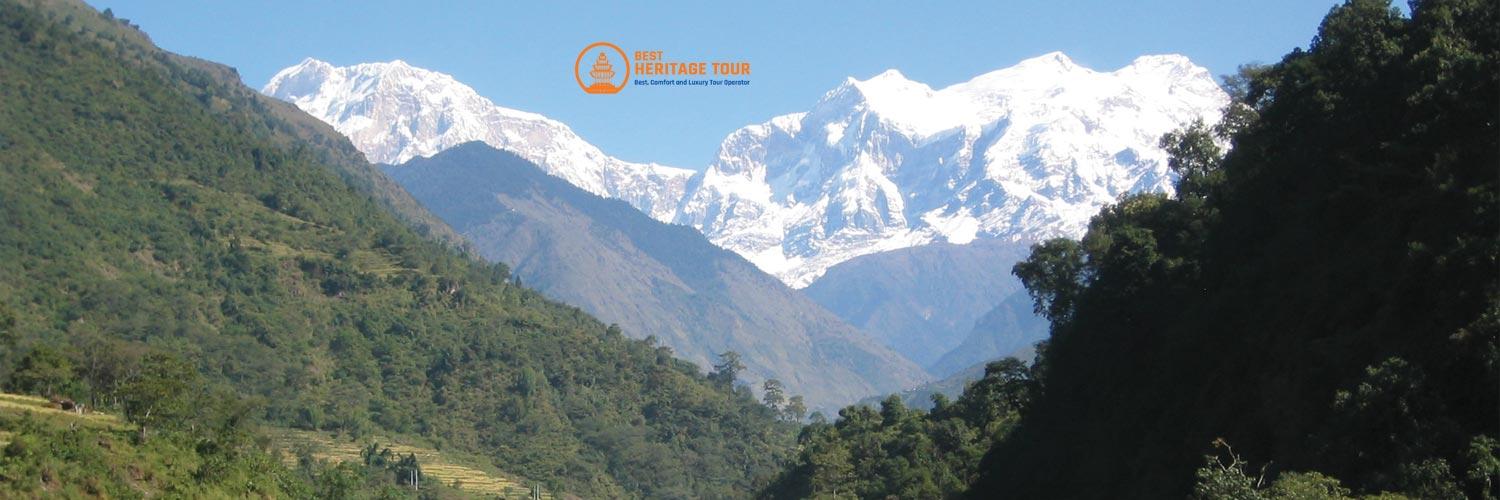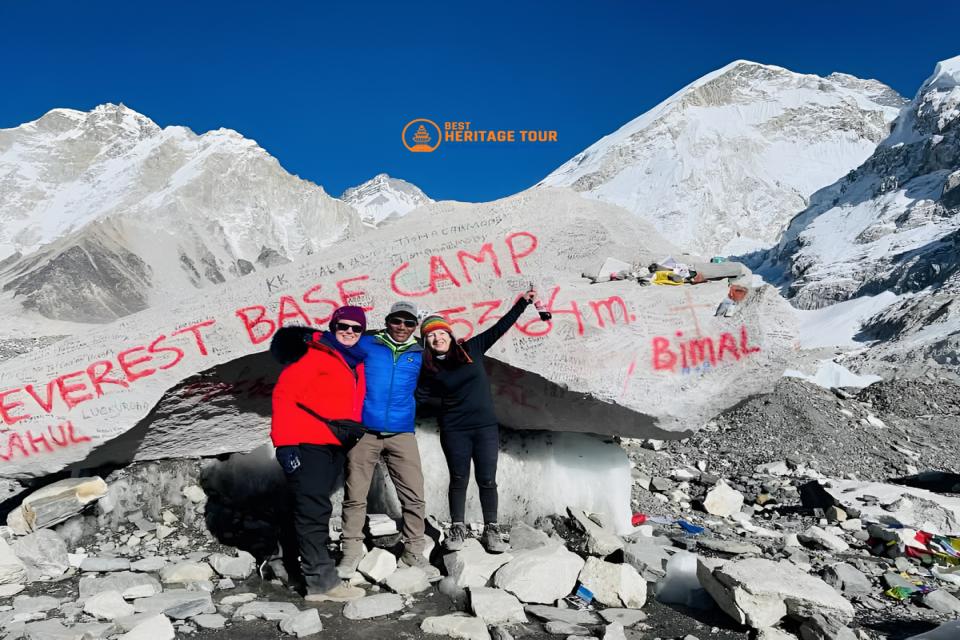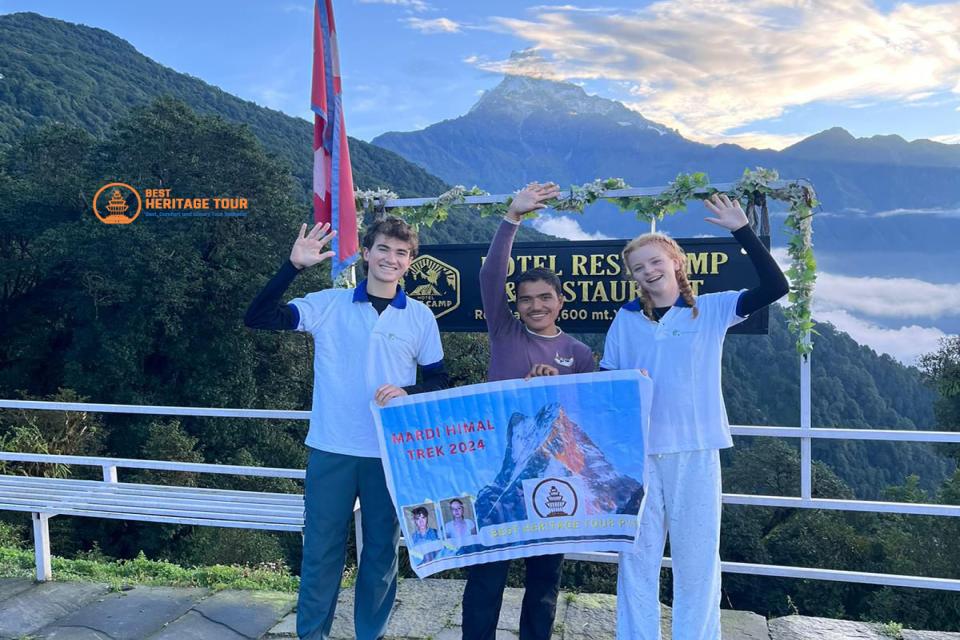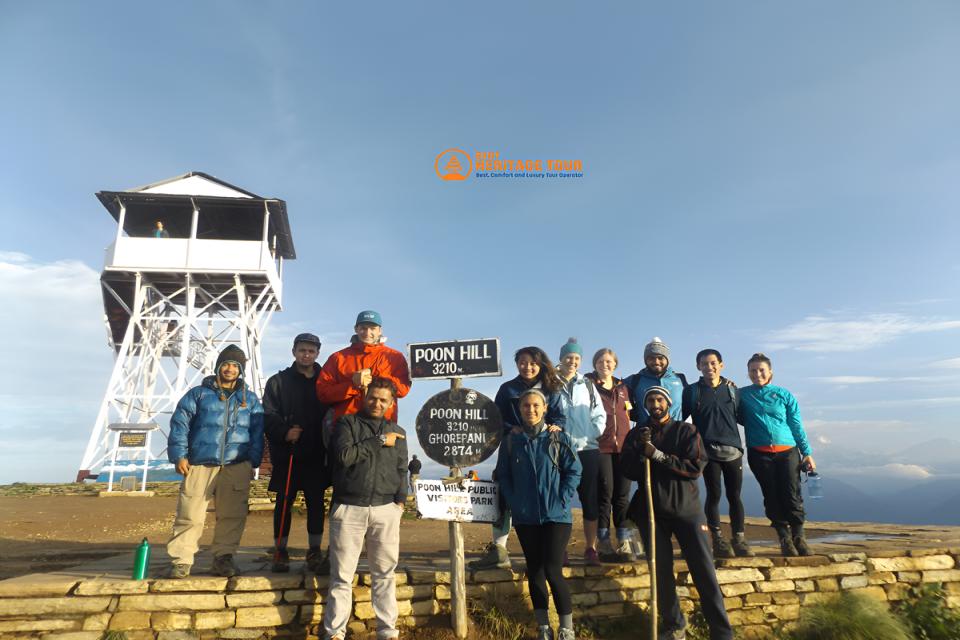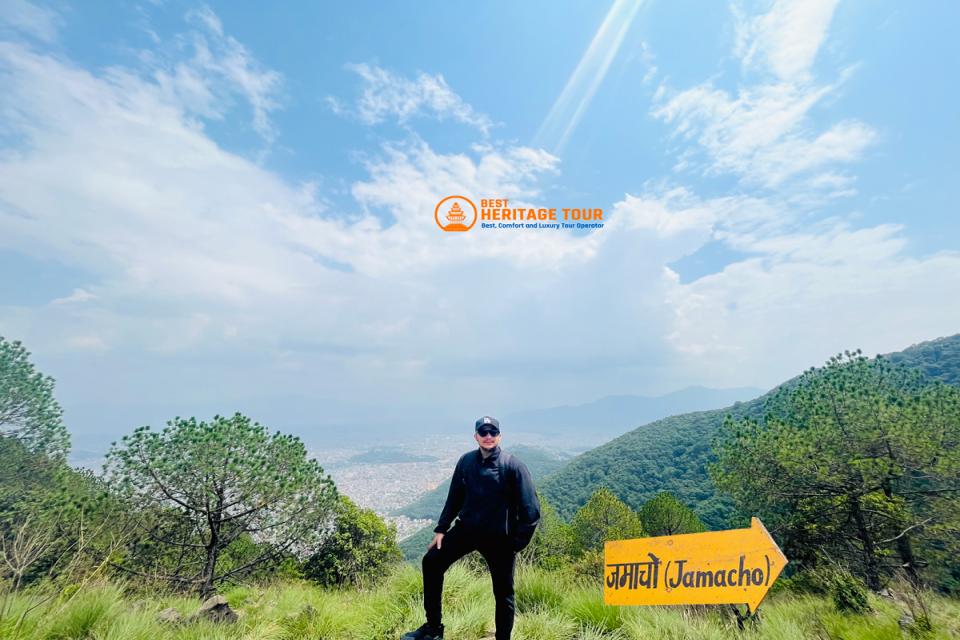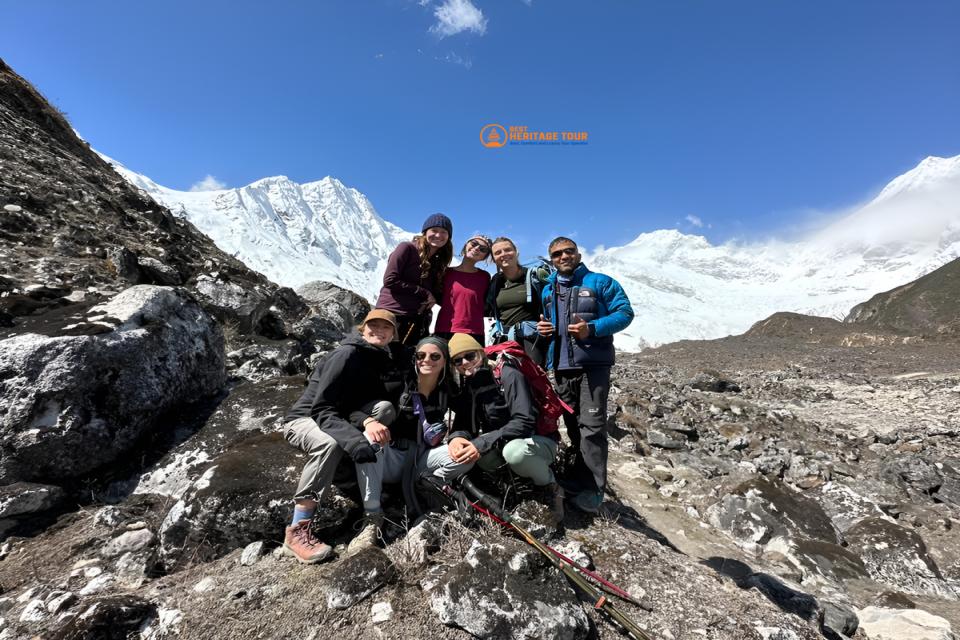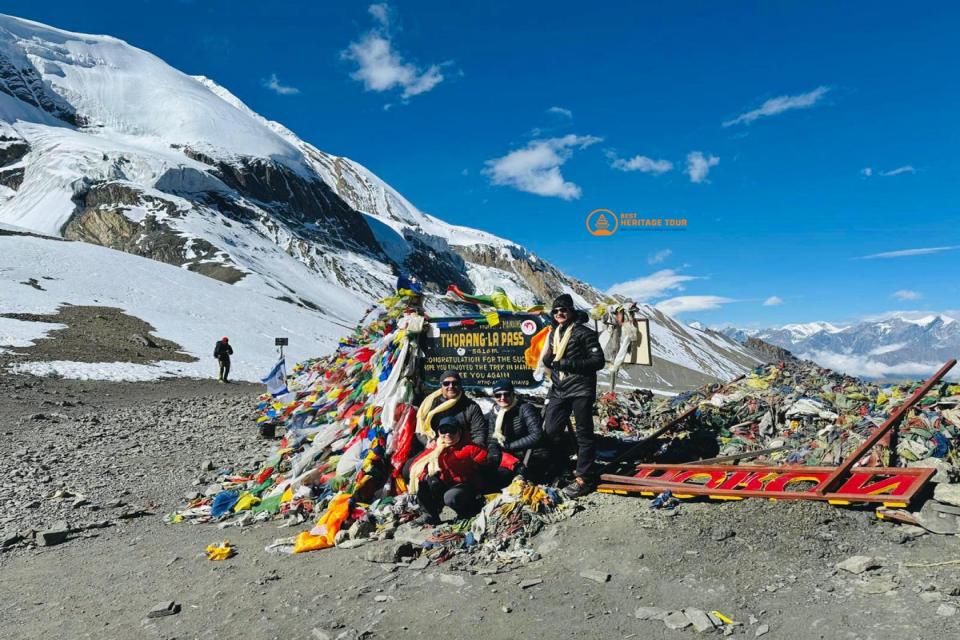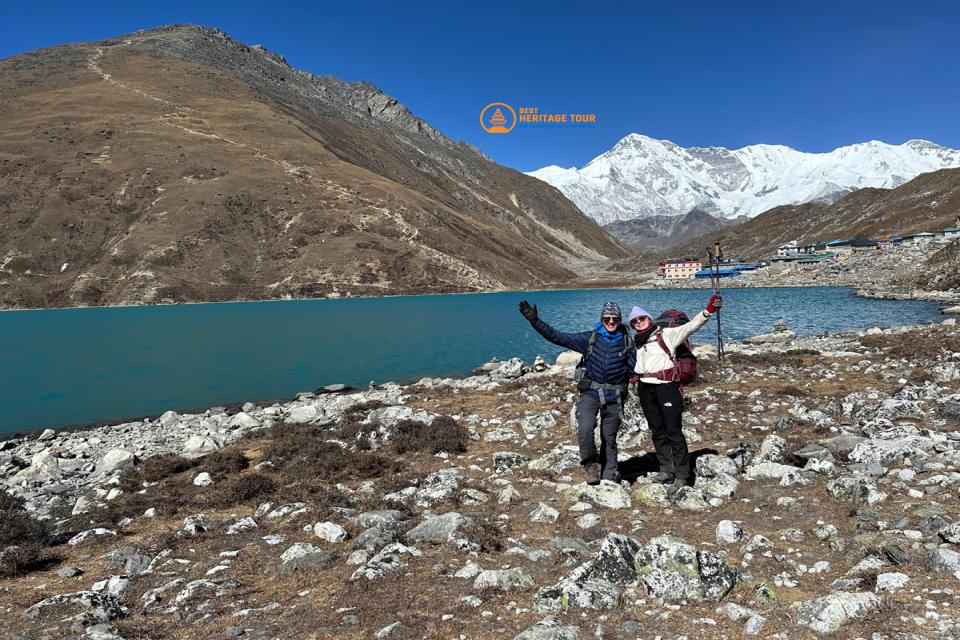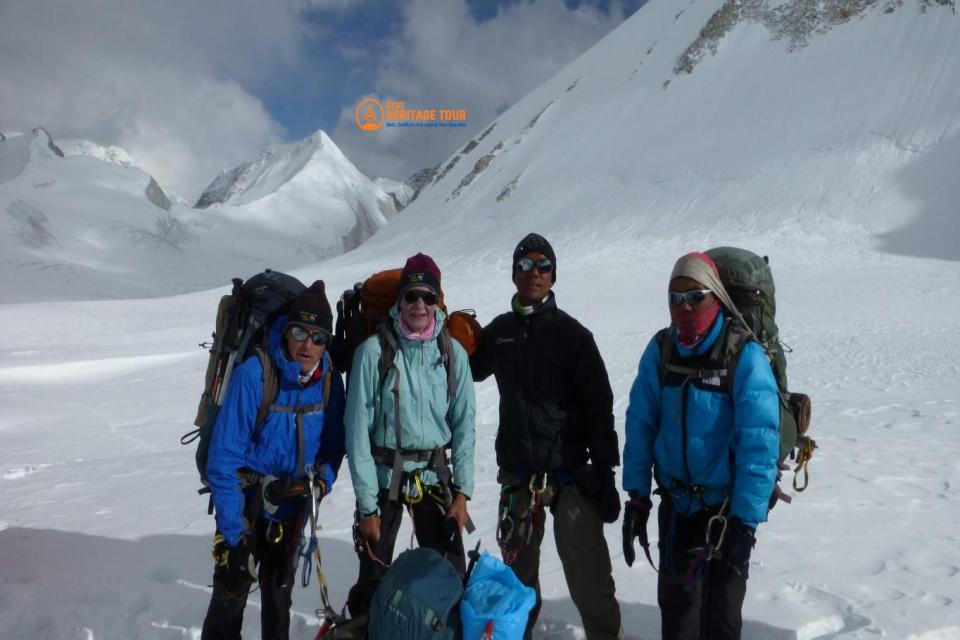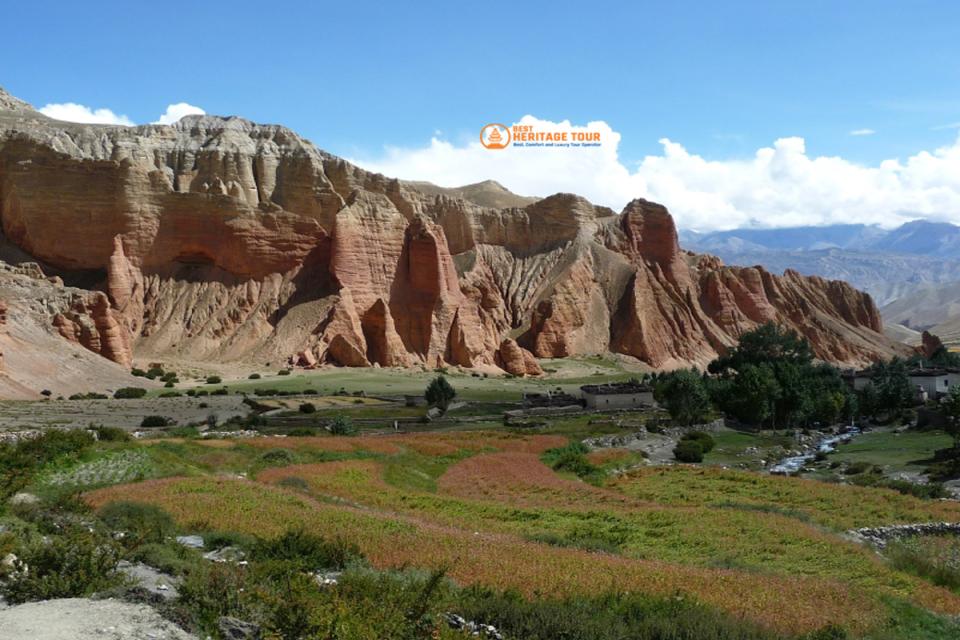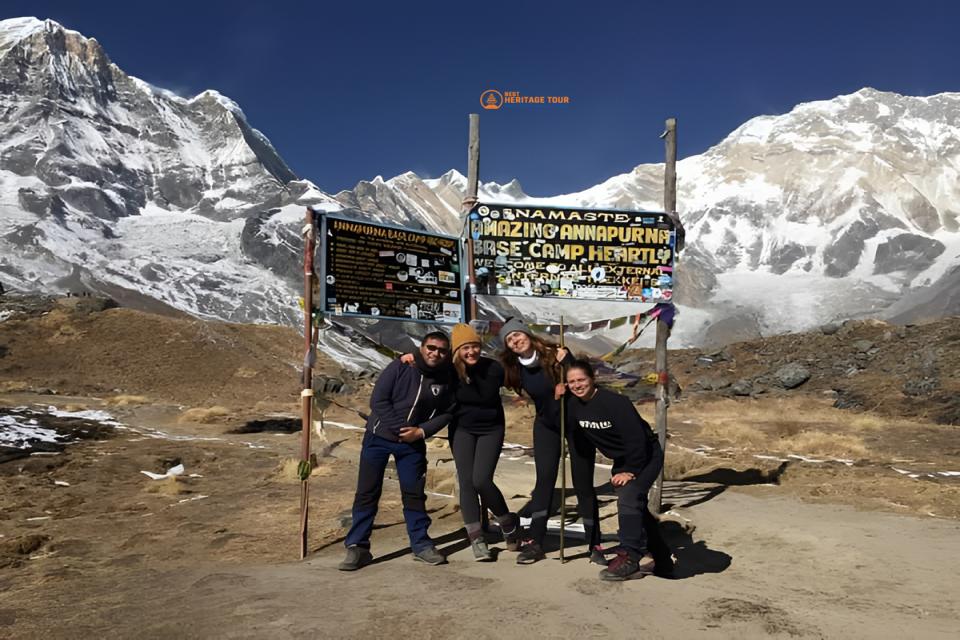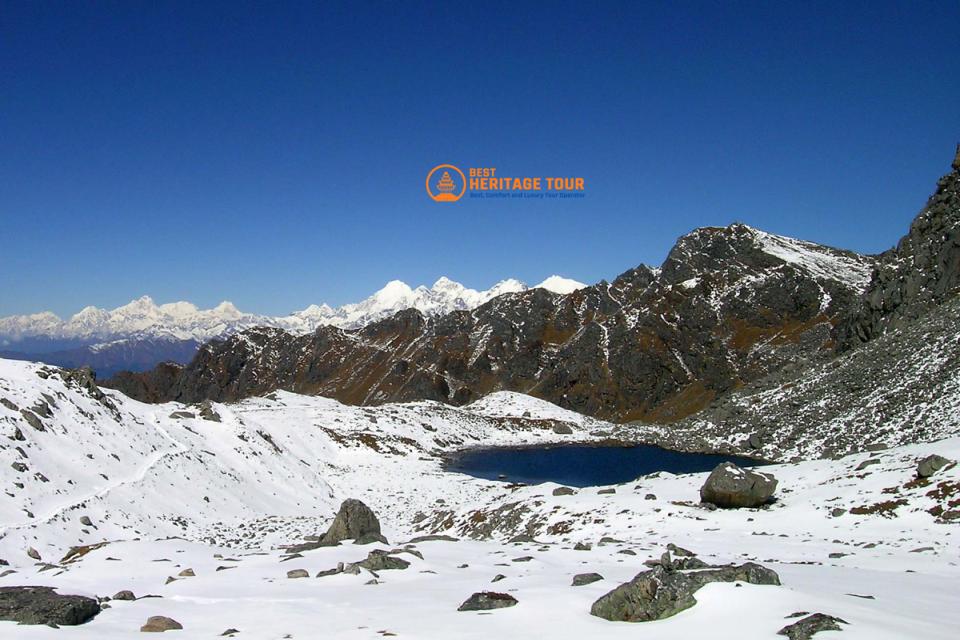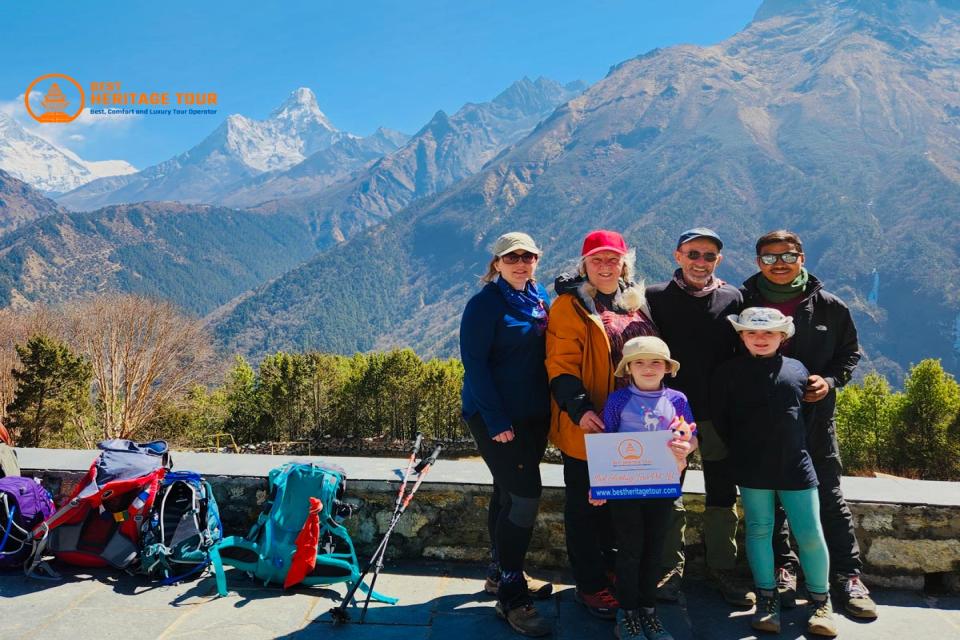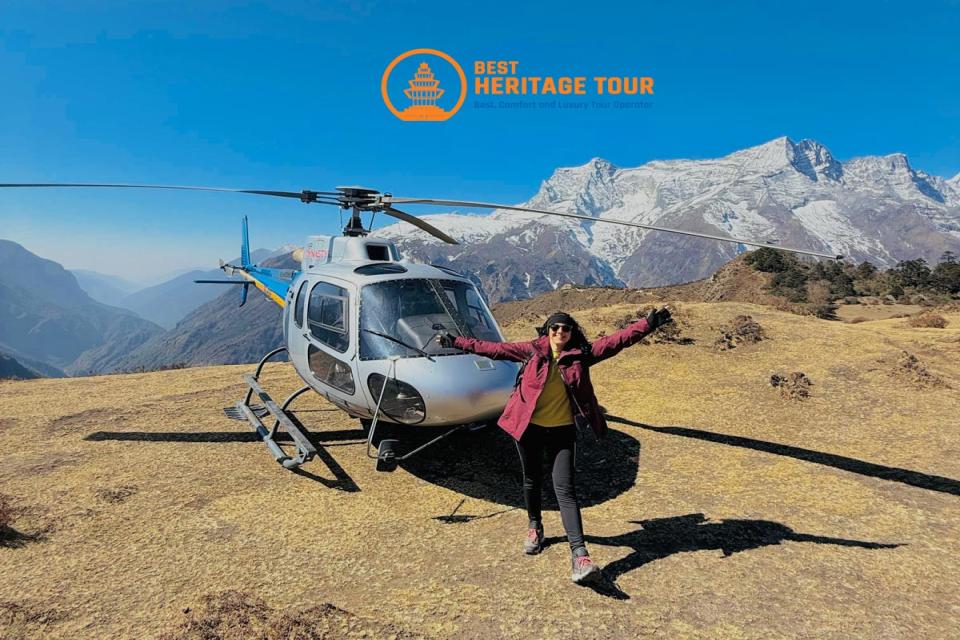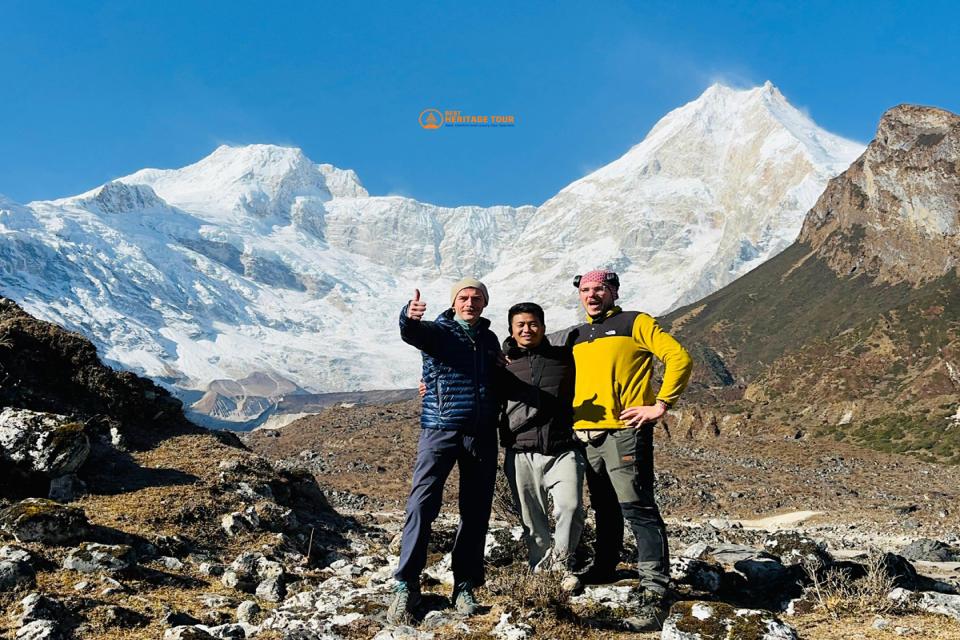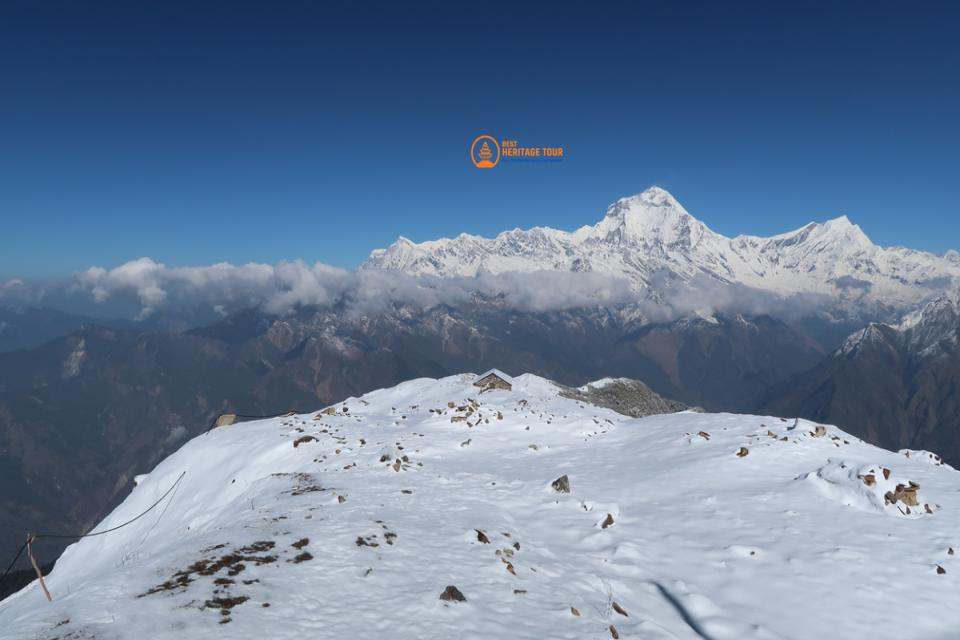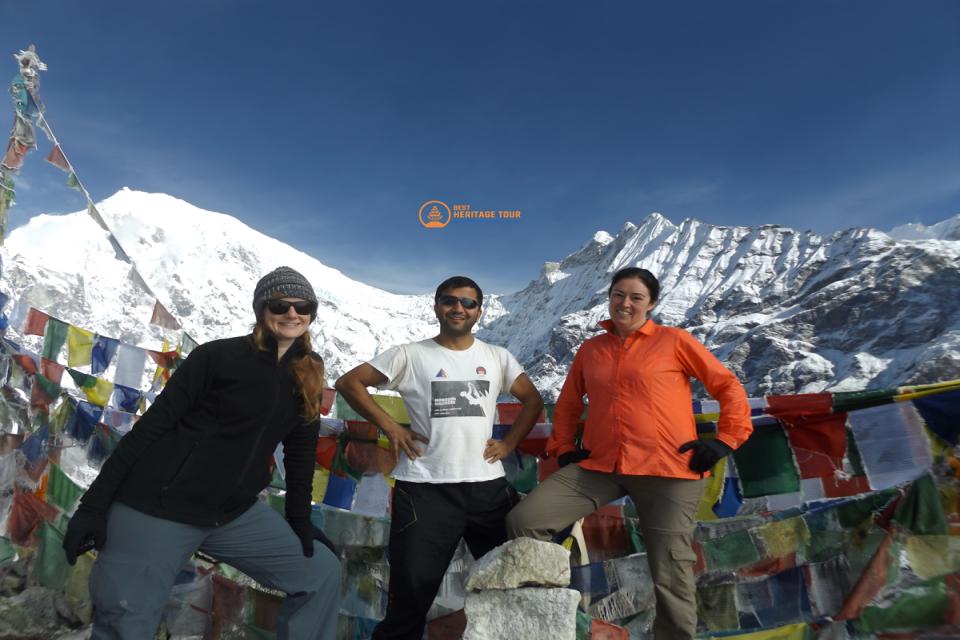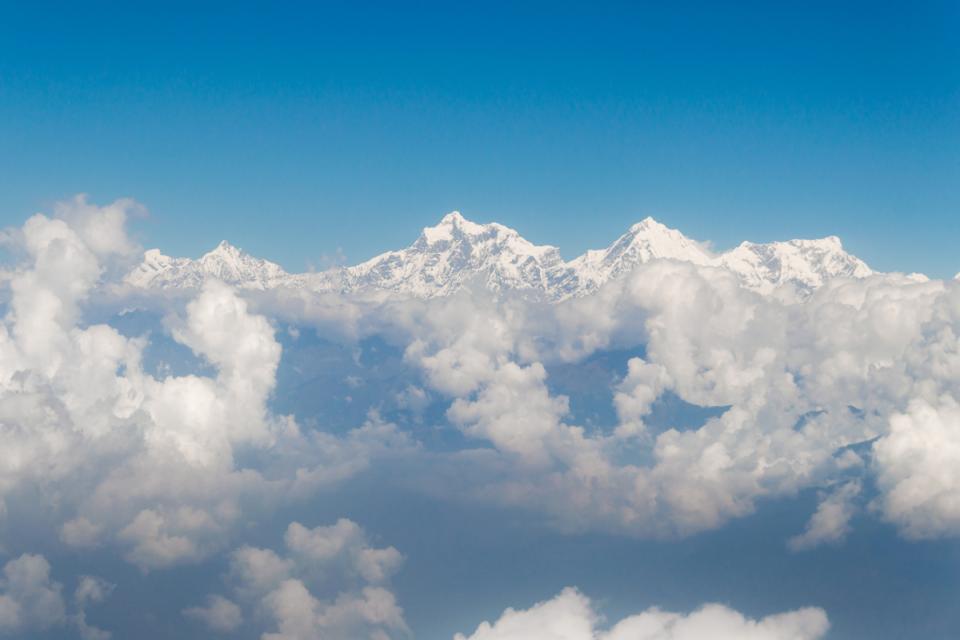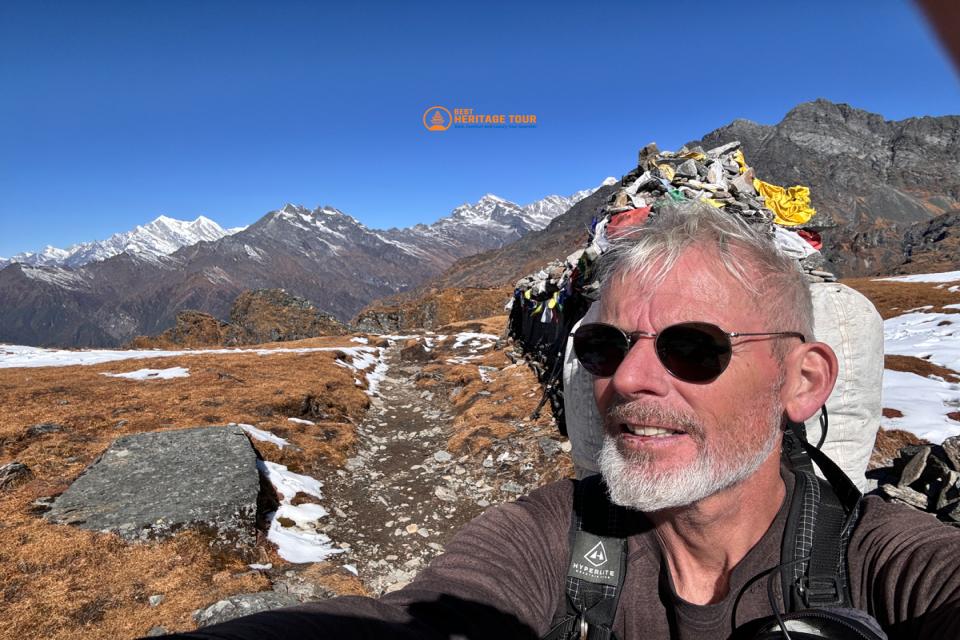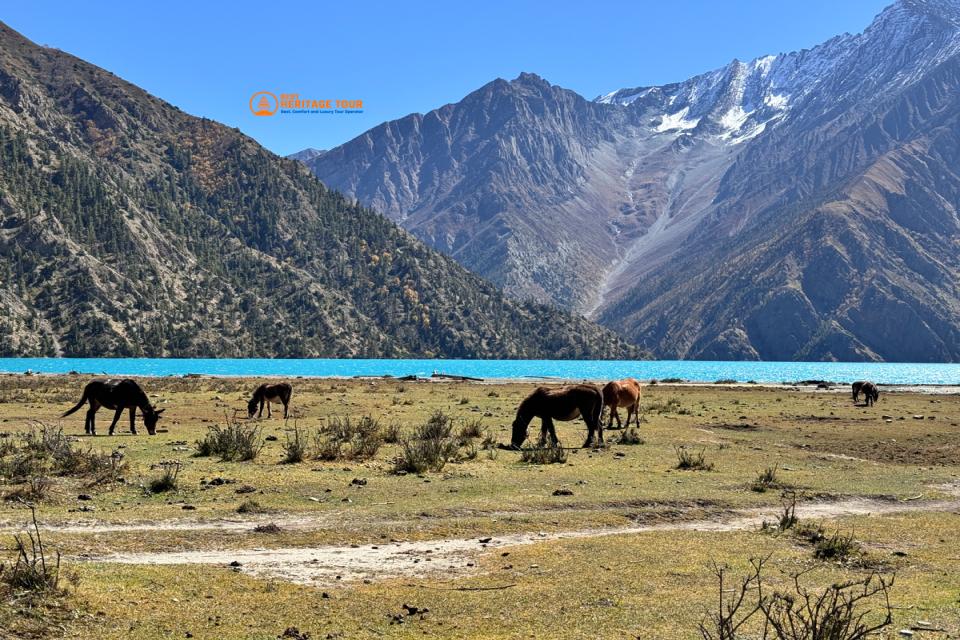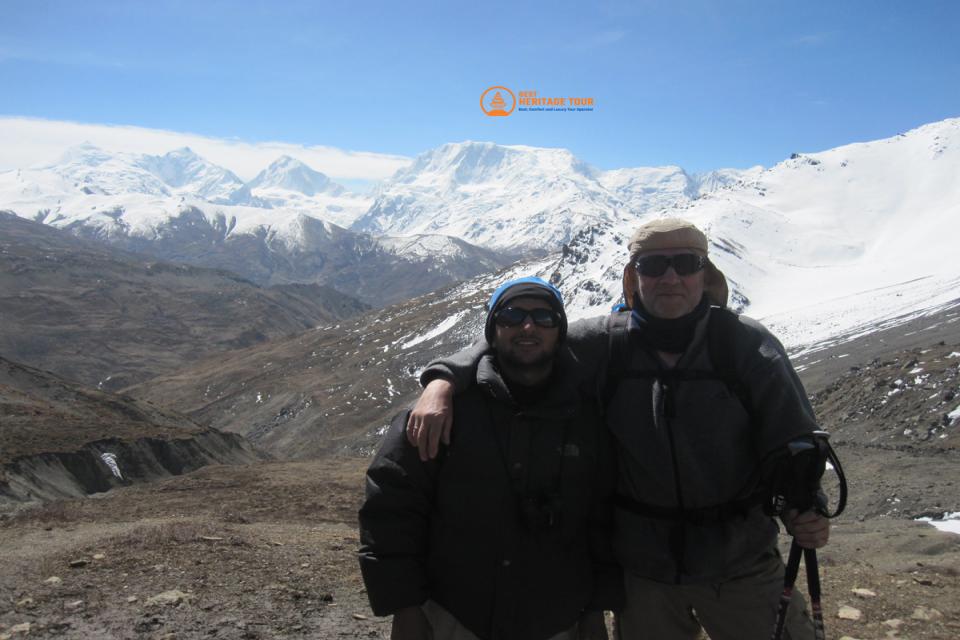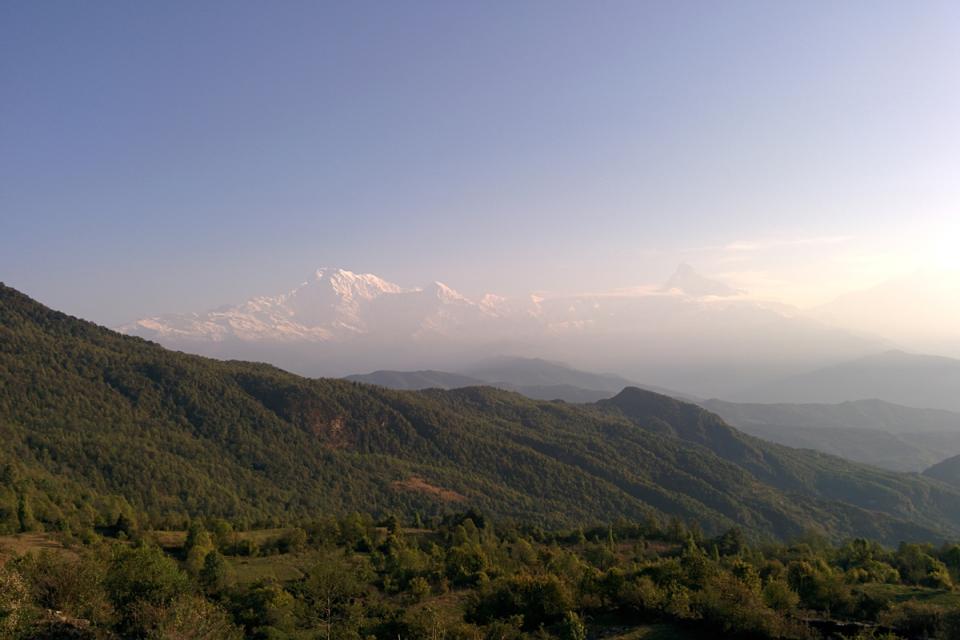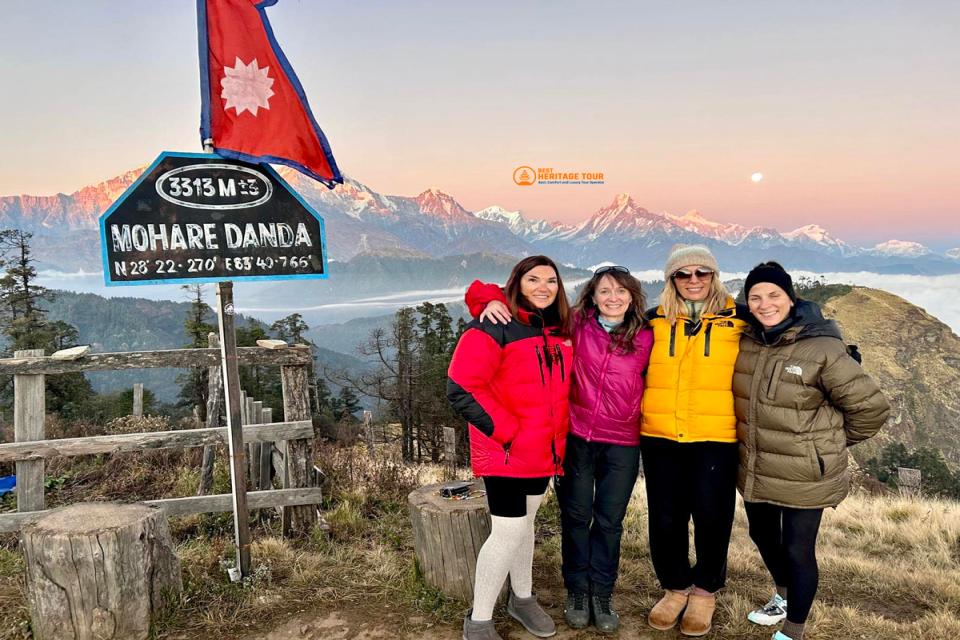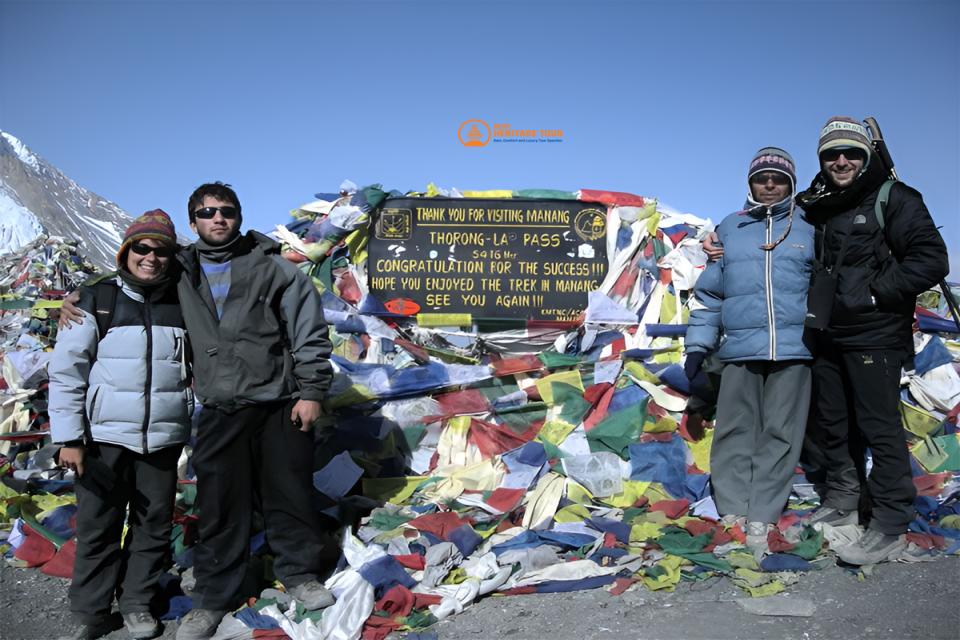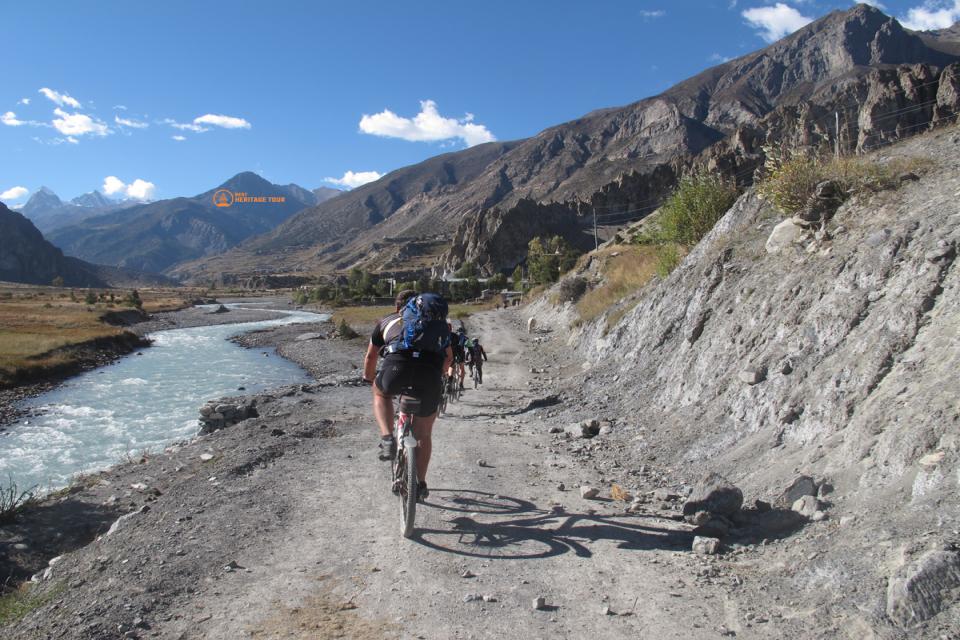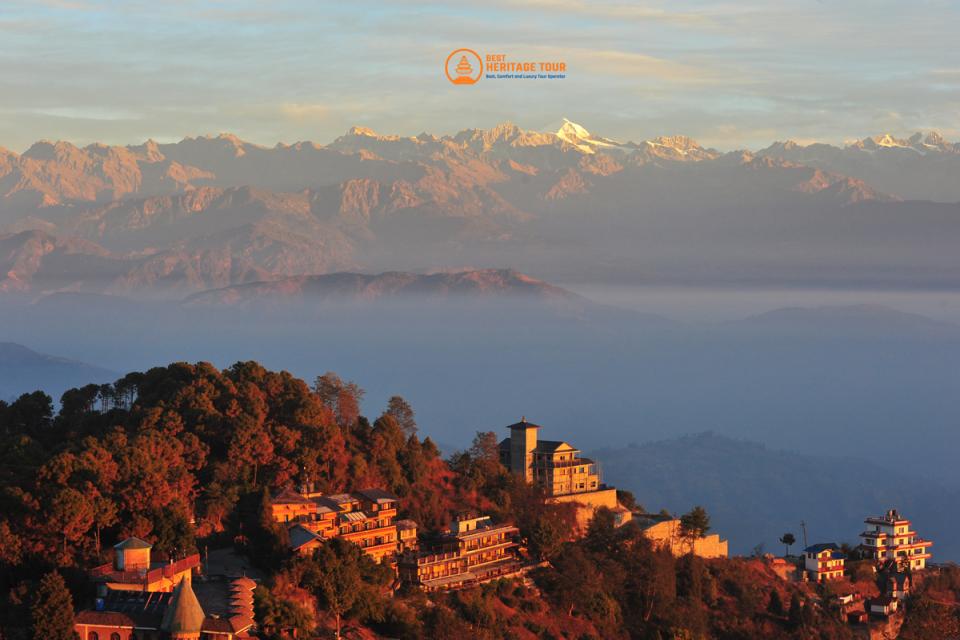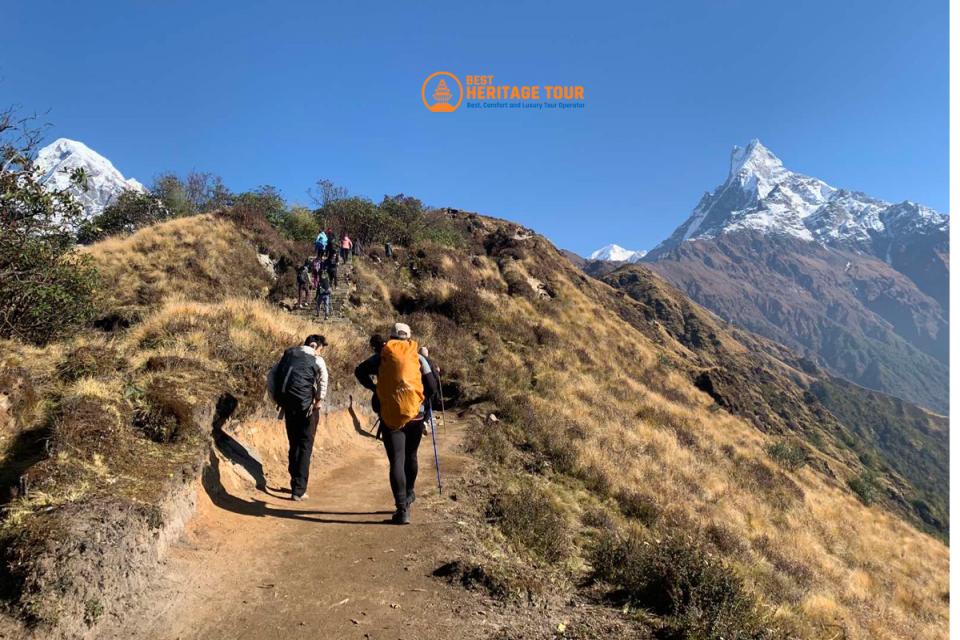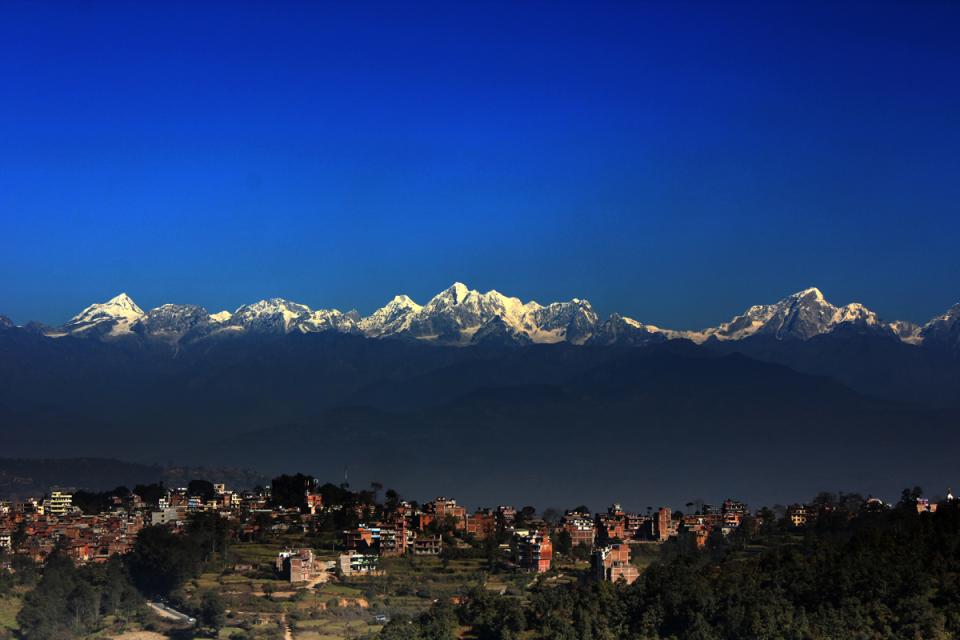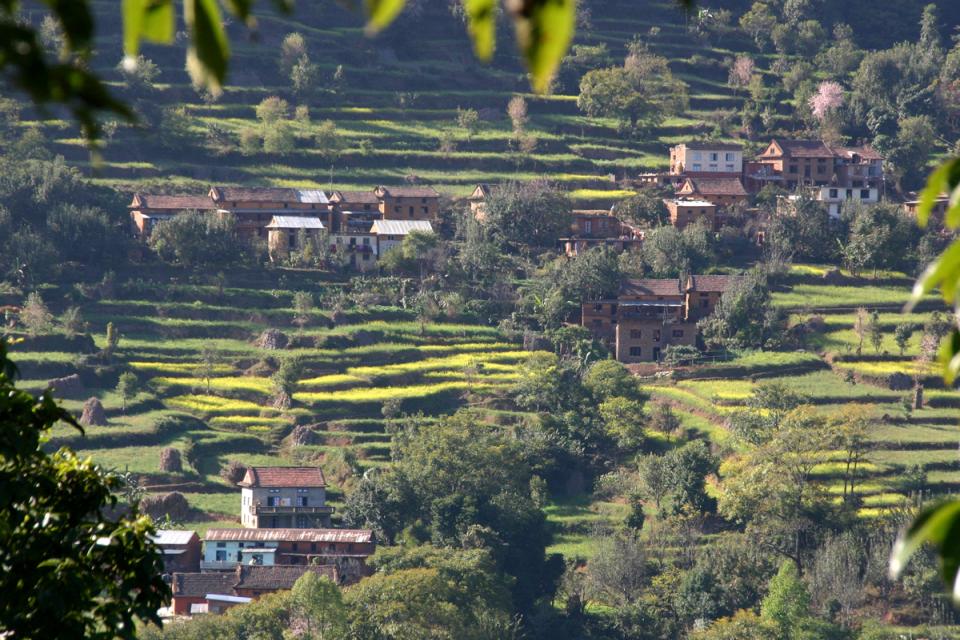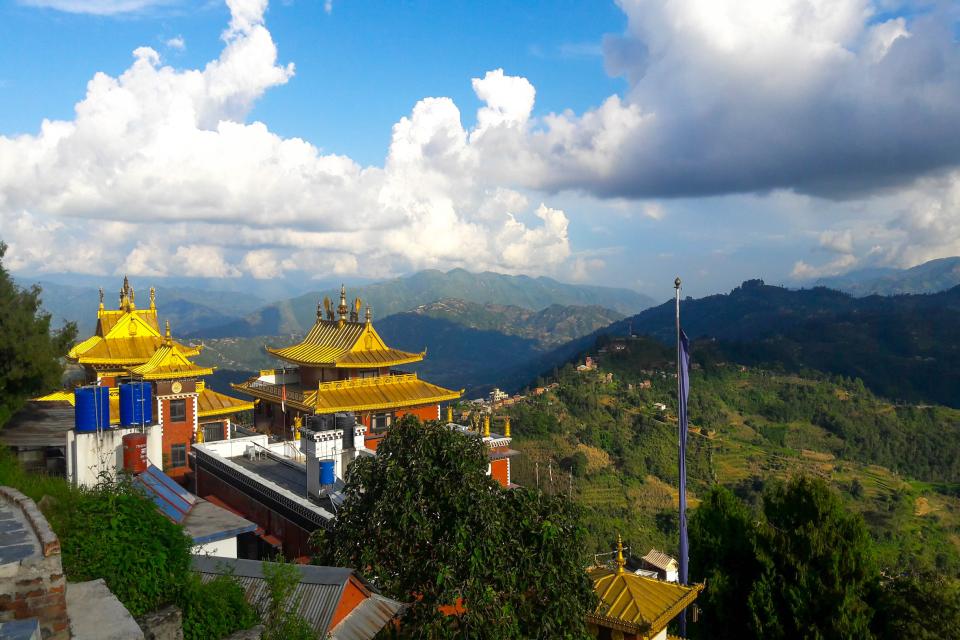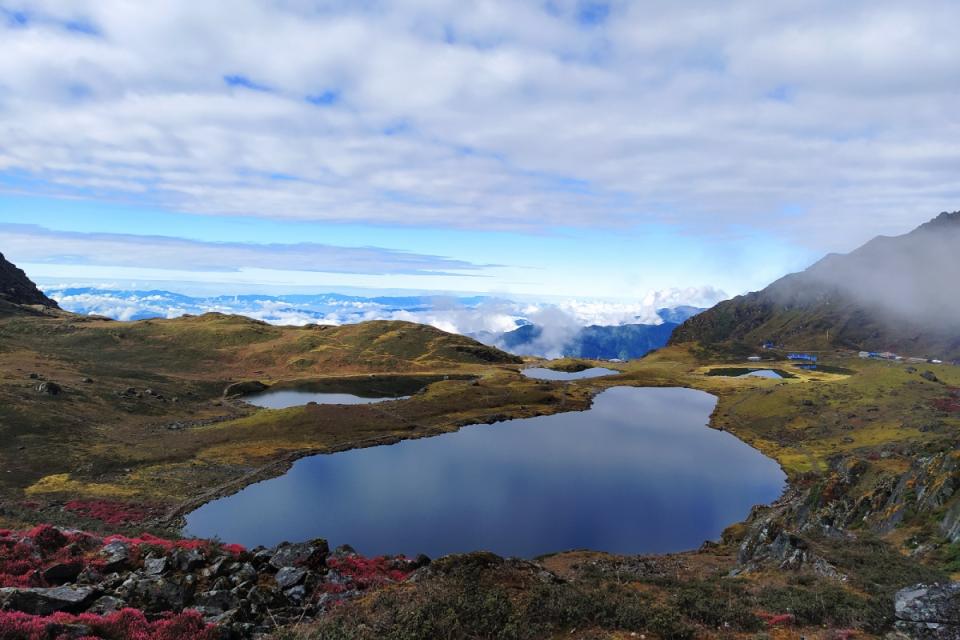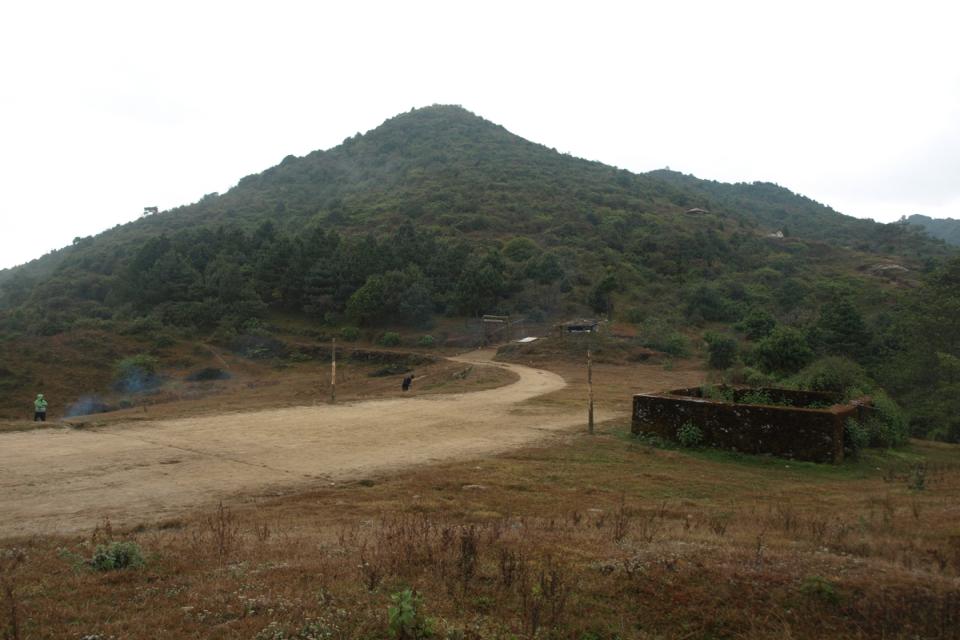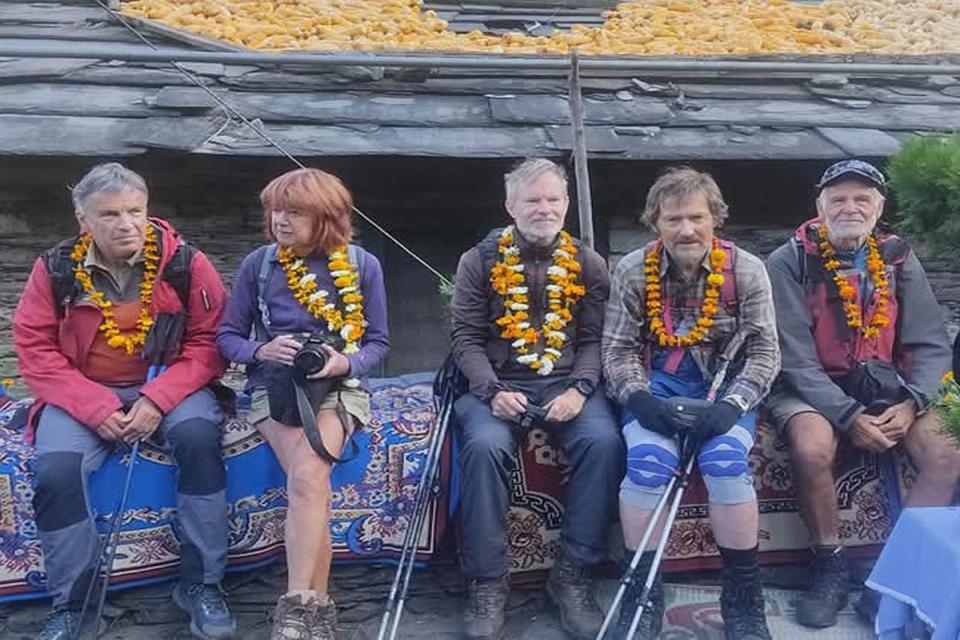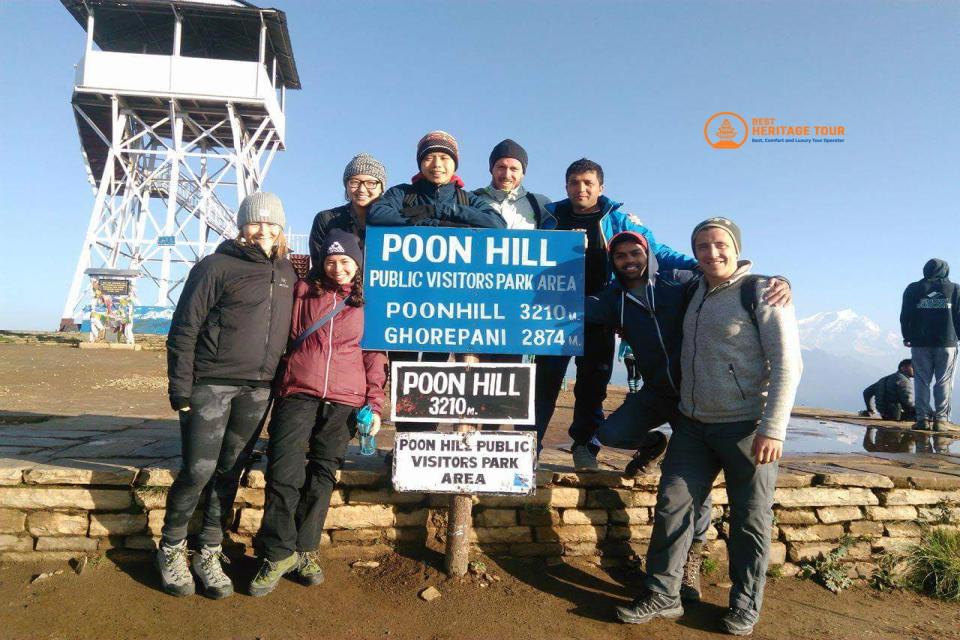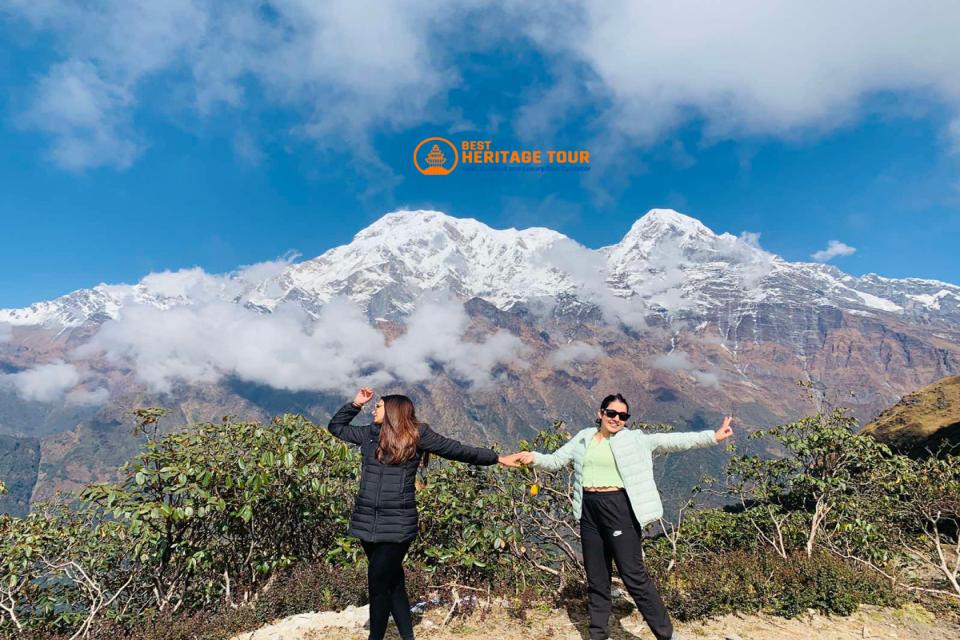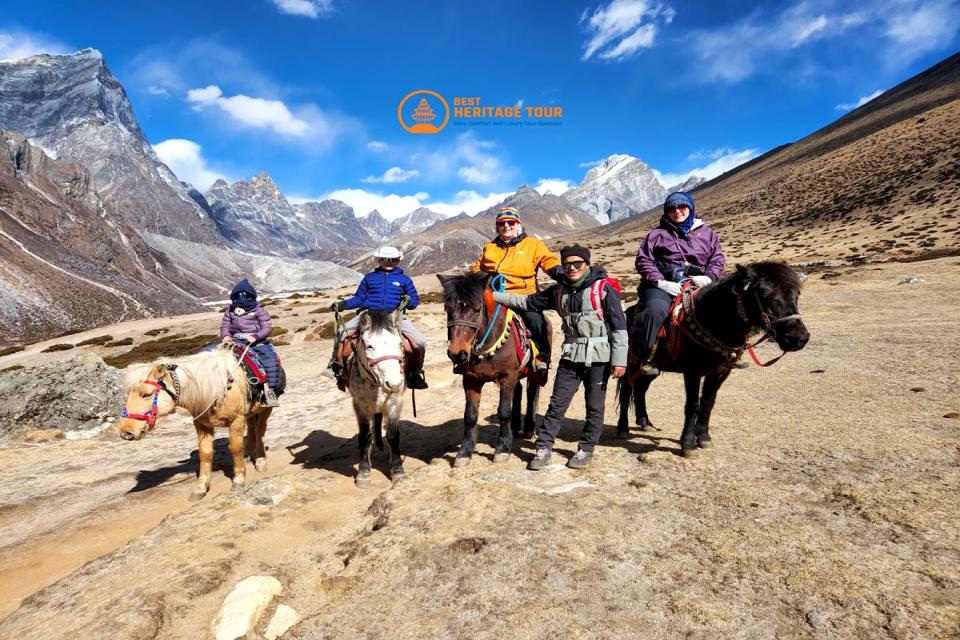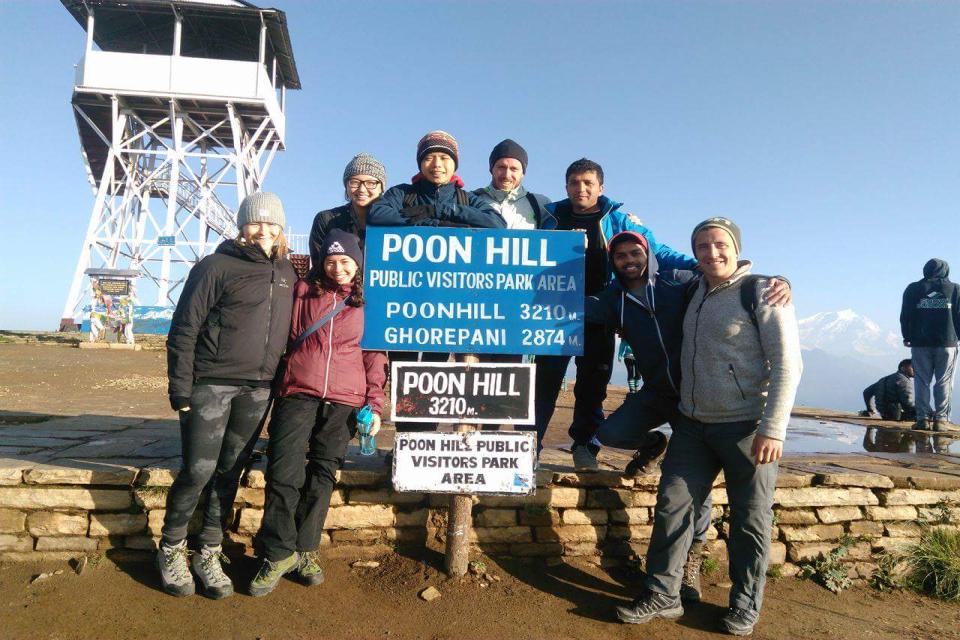If you're dreaming of snow-capped peaks, ancient trails, and unforgettable Himalayan adventures, trekking in Nepal should top your bucket list for 2025 and 2026. From the legendary Everest Base Camp to the serene Annapurna Circuit, Nepal’s trekking routes promise both breathtaking beauty and spiritual depth. But what can you actually expect on your trekking journey in Nepal during the upcoming seasons?
Whether you're a seasoned trekker or a first-time adventurer, here’s everything you need to know about Nepal trekking in 2025/2026, from trail conditions to permit changes, weather patterns, and trending routes.
1. Updated Trail Conditions and Infrastructure
One of the biggest positives for trekking in Nepal in 2025 and 2026 is improved trail infrastructure. The government and local tourism boards have invested in:
- Better-marked trails
- Safer suspension bridges
- More eco-friendly teahouses
- Emergency communication services in remote areas
Whether you choose popular routes like Everest Base Camp Trek, Annapurna Base Camp Trek, or lesser-known gems like the Manaslu Circuit, you’ll benefit from better facilities and safer trekking experiences.
2. Weather and Best Seasons to Trek in Nepal
Weather is a major factor that can make or break your trek. The best time to trek in Nepal remains the same:
- Spring (March to May) – Rhododendron forests in full bloom, clearer skies, and mild temperatures.
- Autumn (September to November) – Crisp air, stunning visibility of peaks, and dry conditions.
For Nepal trekking in 2025/2026, climate trends suggest slightly longer monsoon seasons, so plan your routes accordingly. Avoid summer treks unless you're heading to rain-shadow areas like Upper Mustang or Dolpo.
3. Permits, TIMS, and Regulations
In recent years, Nepal has tightened trekking regulations to ensure sustainable tourism. For 2025/2026:
- TIMS (Trekkers’ Information Management System) cards are mandatory.
- National park or conservation area permits are required depending on your route.
- Certain restricted regions like Upper Mustang or Nar Phu Valley require special permits and a registered guide.
Make sure to check the latest rules or go through a trusted agency that handles all paperwork.
4. Popular and Off-the-Beaten-Path Treks
The classic routes are still in high demand, but 2025/2026 will see a rise in interest in lesser-known trails. Here's what’s trending:
- Everest Base Camp Trek – Still the ultimate challenge for many.
- Annapurna Circuit Trek – Scenic diversity and a mix of culture and nature.
- Langtang Valley Trek – A great short trek near Kathmandu.
- Manaslu Circuit Trek – Perfect for those seeking less-crowded trails with stunning alpine beauty.
- Api Himal Base Camp – Remote, wild, and rewarding for serious trekkers.
Newer trekking routes like Mardi Himal, Khopra Ridge, and Mohare Danda are gaining popularity for their panoramic views and authentic village experiences.
5. Sustainable and Responsible Trekking
Eco-conscious travel is not just a trend, it’s becoming the norm. Trekking in Nepal in 2025/2026 will emphasize:
- Plastic-free trekking initiatives
- Solar-powered teahouses
- Locally sourced meals and accommodations
- Hiring local guides and porters for ethical tourism
Supporting community-based trekking programs not only enriches your experience but also uplifts local economies.
6. Tech-Friendly Trekking
Expect better digital support along the trails:
- Wi-Fi in many teahouses (paid or free)
- GPS trail mapping apps
- Portable solar chargers and charging stations
- Real-time weather updates and satellite emergency services
Digital nomads and travel vloggers are increasingly combining trekking with content creation, especially on iconic routes like Everest and Annapurna.
7. Health and Safety on the Trail
With post-COVID standards in place and renewed attention to health, trekking in Nepal in 2025/2026 means:
- Cleaner accommodations with better hygiene protocols
- Improved access to first aid and altitude sickness monitoring
- Helicopter rescue services in case of emergencies
Travel insurance that covers high-altitude trekking is essential. Also, consider doing a few practice hikes at home to get trek-fit.
8. Budgeting Your Trek
While Nepal trekking is still budget-friendly, prices are gradually increasing due to better services, permits, and inflation. Here's a general range:
- Budget trek: $25–$40/day
- Mid-range: $50–$80/day
- Guided package: $1,200–$2,500 (depending on route and duration)
Hiring a guide and porter, though optional for some routes, is highly recommended for both safety and cultural immersion.
Final Thoughts
Nepal is not just a trekking destination, it’s a spiritual and cultural journey. In 2025 and 2026, with evolving infrastructure, conscious travel practices, and enriched trekking experiences, it's the perfect time to explore the Himalayas.
Whether you're chasing panoramic mountain views or seeking soulful adventure, trekking in Nepal in 2025/2026 promises an unforgettable journey of self-discovery.
Ready to lace up your boots? Start planning your dream trek today and get inspired by the unmatched magic of the Himalayas.
Contact Best Heritage Tour to book your unforgettable trek today.
Website: www.bestheritagetour.com
Email: bestheritagetour@gmail.com / info@bestheritagetour.com
Phone/WhatsApp/Viber: +9779851149197 / +9779810043046
Location: Thamel Marg, Kathmandu, Nepal
Author: Best Heritage Tour
Date: 10th April, 2025

